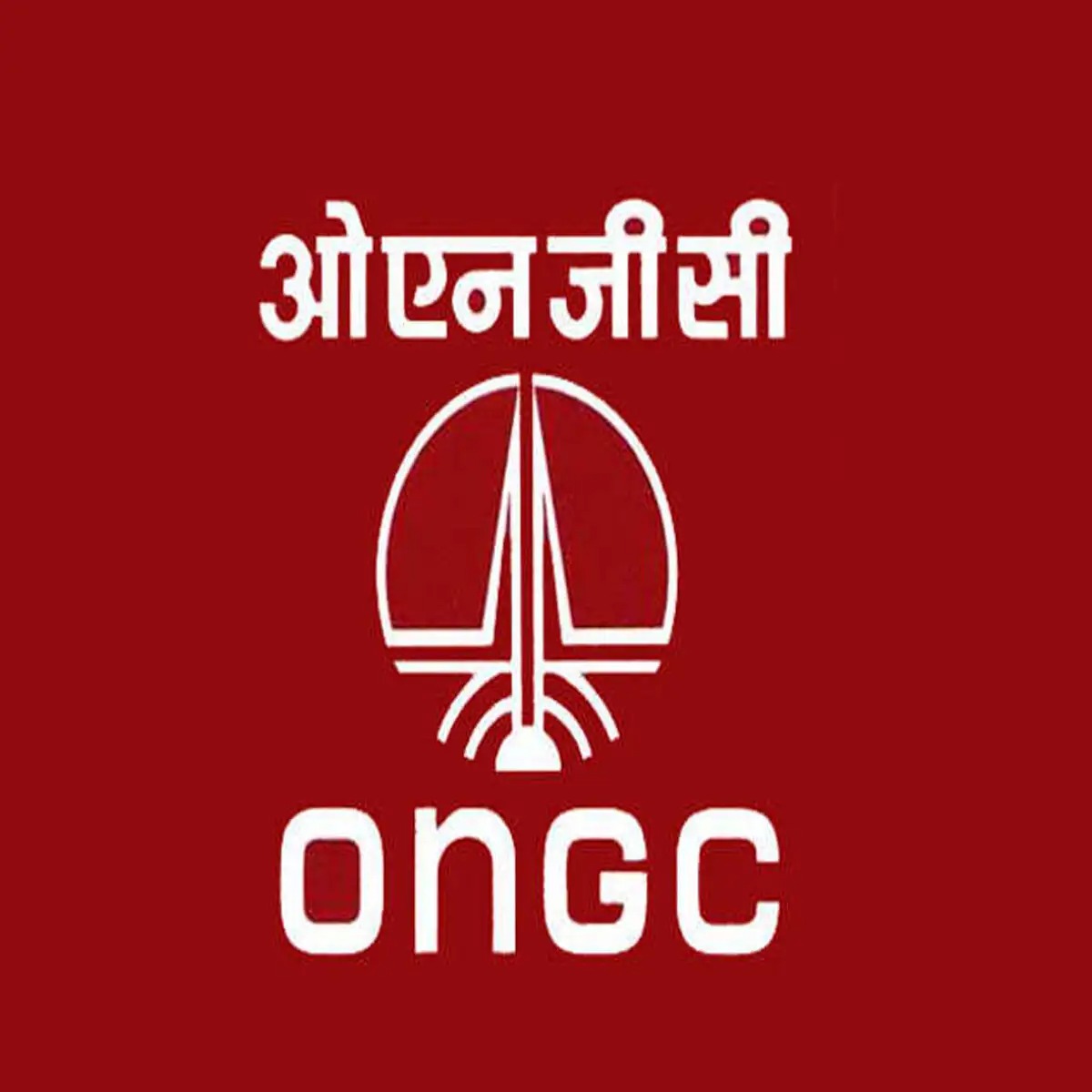 Image Source: The Economic Times
Image Source: The Economic Times
In a bold pivot aimed at strengthening its resilience amid global energy market volatility, Oil and Natural Gas Corporation Ltd (ONGC) has announced plans to establish a dedicated trading unit for crude oil and refined fuels. The move, revealed by ONGC’s Director of Strategy Arunangshu Sarkar, marks a significant step in the state-run energy giant’s broader diversification strategy as it braces for a future shaped by fluctuating oil prices and shifting energy demand.
The proposed trading arm will operate under the ONGC group umbrella and is expected to handle international and domestic transactions of crude oil, gasoline, diesel, and other refined petroleum products. This initiative is designed to optimize procurement, improve pricing efficiency, and enhance revenue streams across ONGC’s upstream and downstream operations.
“Globally, we are heading into a glut in oil supplies, which means prices will reduce,” Sarkar told Bloomberg in a recent interview. “It will be difficult for a company like ONGC to survive in a low oil-price regime, and the new businesses provide a hedge for such a scenario.”
Why a Trading Unit Now?
The timing of ONGC’s announcement is strategic. The global oil market is facing a supply surplus, driven by increased production from non-OPEC countries and slowing demand growth due to the rise of electric vehicles and renewable energy. According to the International Energy Agency, the world is entering an era of cheaper energy, which could squeeze margins for traditional oil producers.
By setting up a trading unit, ONGC aims to:
-
Leverage market arbitrage opportunities
-
Secure better pricing for its crude output
-
Diversify revenue beyond exploration and production
-
Strengthen supply chain control across its refining and retail subsidiaries
This move also aligns with ONGC’s ambition to become a fully integrated energy company, capable of navigating both commodity cycles and geopolitical shifts.
Integration with Group Entities
ONGC already owns significant downstream assets through its subsidiaries:
-
Hindustan Petroleum Corporation Ltd (HPCL) — a major refiner and fuel retailer
-
Mangalore Refinery and Petrochemicals Ltd (MRPL) — a coastal refining hub
Together, these units contribute to ONGC’s refining capacity of 1 million barrels per day, or roughly 20% of India’s total refining output. The new trading arm will act as a bridge between ONGC’s upstream production and downstream consumption, enabling real-time market responsiveness and cost optimization.
Global Ambitions and LNG Play
Beyond crude and refined fuels, ONGC is also exploring liquefied natural gas (LNG) trading, with plans to book 3 million tons per year of regasification capacity on India’s western coast. The company is in talks with city gas distributors for long-term offtake agreements, which could further bolster its trading portfolio.
This expansion into trading complements ONGC’s broader diversification strategy, which includes:
-
A proposed ₹700 billion ($8.3 billion) refinery and petrochemicals complex in Uttar Pradesh
-
A commitment to invest ₹1 trillion ($11.66 billion) in renewable energy by 2030
-
A target of 10 GW clean energy capacity, including solar and wind projects
Strategic Hedge Against Volatility
The trading unit is not just a growth initiative—it’s a defensive hedge. As production costs rise and easily accessible oil reserves dwindle, ONGC faces pressure to maintain profitability. Trading offers a way to monetize market intelligence, hedge price risks, and capture margins that would otherwise be lost to third-party intermediaries.
“Importing cheap gas and selling it in India can help offset lower profits due to oil volatility,” Sarkar noted.
What’s Next?
While ONGC has not yet disclosed the timeline or structural details of the trading unit, industry insiders expect the entity to be operational within the next 12–18 months, possibly headquartered in Mumbai or Singapore, two key global trading hubs.
The company is likely to recruit talent from commodity trading firms, investment banks, and energy consultancies, signaling a shift toward a more agile, market-driven operating model.
As India’s energy landscape evolves, ONGC’s move to establish a trading arm reflects a proactive adaptation to global trends—and a determination to remain relevant in a decarbonizing world.
Sources: OilPrice.com, Business Standard:, ONGC Official Website
Advertisement
Advertisement







